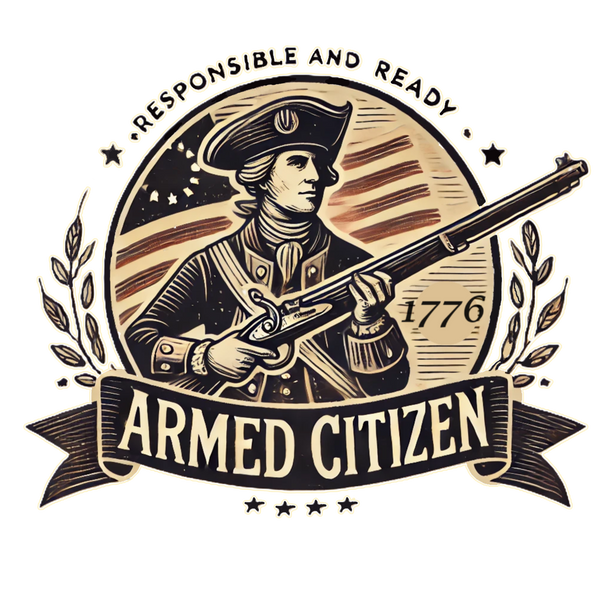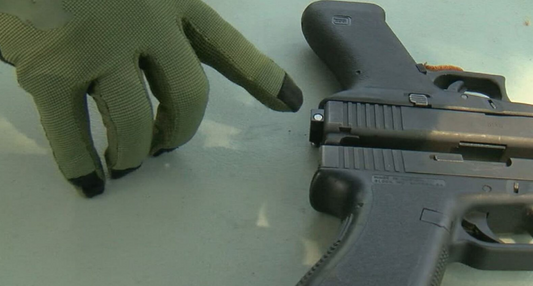
Prioritize Firearm Safety - Rules and Recommendations
Share
Photo by Scotselby
Firearm safety is paramount for all gun owners, ensuring the well-being of individuals and communities. Proper training and adherence to safety protocols can prevent accidents and promote responsible gun ownership.
Essential Firearm Safety Rules
- Always Keep the Muzzle Pointed in a Safe Direction: This fundamental rule ensures that even if an accidental discharge occurs, it won't result in injury. Never point your firearm at anything you do not intend to shoot.
- Treat All Guns as if They Are Loaded: Always assume a firearm is loaded. Each time you handle a gun, check to confirm it's unloaded by inspecting the chamber, receiver, and magazine.
- Keep Your Finger Off the Trigger Until Ready to Shoot: Place your finger outside the trigger guard until you are prepared to fire. This practice prevents accidental discharges caused by sudden movements or startle responses.
- Be Sure of Your Target and What’s Beyond It: Identify your target with certainty and be aware of the area beyond it. Bullets can travel significant distances and penetrate various materials, posing risks to unintended targets.
Additional Safety Recommendations
- Ensure the Firearm is Safe to Operate: Regularly maintain and inspect your firearm to confirm it's in proper working condition. If unsure about its status, consult a qualified gunsmith.
- Use the Correct Ammunition: Always use ammunition that matches the specifications of your firearm. Incorrect ammunition can cause malfunctions or severe injuries.
- Wear Appropriate Protective Gear: Utilize eye and ear protection when shooting to safeguard against potential injuries from debris and noise.
- Avoid Alcohol and Drugs: Never handle firearms under the influence of alcohol, prescription medications, or other substances that can impair judgment.
The Importance of Formal Training
Participating in certified firearm safety courses enhances your knowledge and skills, promoting responsible gun handling. Training covers safe handling, storage, maintenance, and legal considerations. Some states mandate safety training for firearm purchasers, emphasizing its critical role in responsible ownership.
Safe Storage Practices
Proper storage prevents unauthorized access and reduces the risk of accidents, especially in homes with children. Store firearms unloaded, locked, and separate from ammunition. Utilize gun safes or locking devices and educate family members about firearm safety.
Conclusion
Adhering to firearm safety rules and engaging in regular training are vital components of responsible gun ownership. By following these guidelines, you contribute to a safer environment for yourself and those around you.



